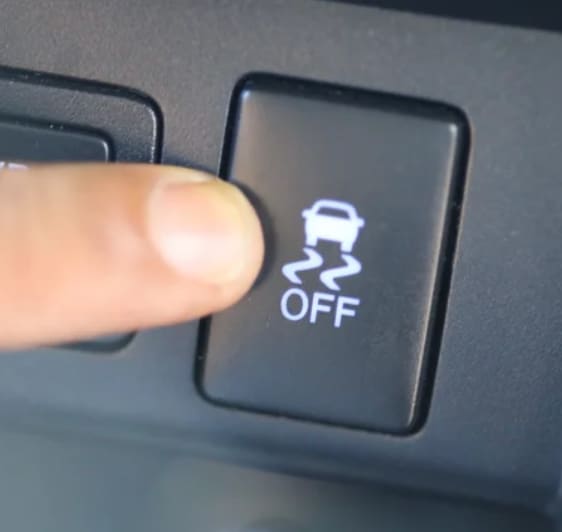

Story of Cruise Control
The cruise control system has a fascinating backstory that begins with an annoying car ride. In 1948, Ralph Teetor found himself as a passenger in a car driven by his lawyer. Throughout their journey, the lawyer kept absentmindedly adjusting his foot position on the accelerator while engaged in conversation. This constant speed variation created an uncomfortable, jerky ride that frustrated Teetor.
Rather than simply complaining about the experience, Teetor channeled his irritation into innovation. He recognized that many drivers struggled with maintaining consistent speeds, especially during long trips. This observation led him to develop the first cruise control system—a mechanical marvel designed to maintain steady vehicle speed without requiring constant accelerator input.
What makes Teetor's invention even more remarkable is that he was blind from age five. His heightened sensitivity to vehicle motion and speed variations likely contributed to his acute awareness of the problem and his determination to solve it.
How the Cruise Control Button Works
The cruise control button serves as your gateway to automated speed management. When you press this button, typically located on your steering wheel, you activate a system that takes over accelerator control from your foot.
Basic Cruise Control Operation
Traditional cruise control systems work through a relatively straightforward process:
The system uses a speed sensor to monitor your vehicle's current speed. When you press the cruise control button and set your desired speed, the system's computer remembers this target. If your car begins to slow down due to hills or wind resistance, the cruise control automatically increases throttle input to maintain your set speed.
Conversely, when your vehicle starts moving faster than the set speed—perhaps when going downhill—the system reduces throttle input or may even apply light engine braking to slow the car back to your target speed.
Modern Adaptive Cruise Control
Today's vehicles often feature adaptive cruise control, which represents a significant advancement over traditional systems. These modern systems use radar, cameras, or laser sensors to detect vehicles ahead of you. The cruise control button activates not just speed maintenance, but also intelligent following distance management.
Adaptive cruise control can automatically slow down when traffic ahead reduces speed, then resume your set speed when the road clears. This technology bridges the gap between traditional cruise control and fully autonomous driving features.
Locating Your Cruise Control Button
Most manufacturers place the cruise control button in easily accessible locations on the steering wheel. The exact placement varies by vehicle make and model, but common locations include:
Steering Wheel Spokes: Many cars integrate cruise control buttons into the left or right steering wheel spokes, allowing you to activate the system without removing your hands from the wheel.
Steering Wheel Hub: Some vehicles feature cruise control buttons on the steering wheel's center section, often grouped with other driver assistance controls.
Steering Column Stalk: Certain manufacturers mount cruise control buttons on a dedicated stalk extending from the steering column, similar to turn signal controls.
The cruise control button is typically labeled with "CRUISE," "CC," or a speedometer-like icon. Many modern vehicles also include separate buttons for setting speed, resuming previous settings, and adjusting speed incrementally.
Ideal Cruise Control Conditions
Long Highway Trips: Extended highway driving represents the perfect application for cruise control. The system reduces driver fatigue while maintaining legal speeds and optimizing fuel consumption.
Consistent Speed Zones: Areas with steady speed limits and minimal traffic provide excellent cruise control opportunities. Rural highways and interstate corridors often offer these conditions.
Dry Weather Conditions: Clear, dry roads give you the traction needed for safe cruise control operation. The system can make speed adjustments without compromising vehicle stability.
When to Avoid Cruise Control
Wet or Icy Roads: Slippery conditions require constant speed adjustments that cruise control cannot anticipate. Manual control provides better traction management in these situations.
Heavy Traffic: Stop-and-go traffic makes cruise control impractical and potentially dangerous. The system cannot react quickly enough to sudden traffic changes.
Steep Hills: While modern adaptive cruise control handles hills better than older systems, extremely steep grades may still require manual control for optimal performance and safety.
Construction Zones: Reduced speeds, lane changes, and unpredictable traffic patterns in construction areas require full driver attention and manual speed control.
If you are looking for an upgrade, stop by Bayside Pre-Owned Super Center in Hollywood, Maryland.
Source: SlashGear